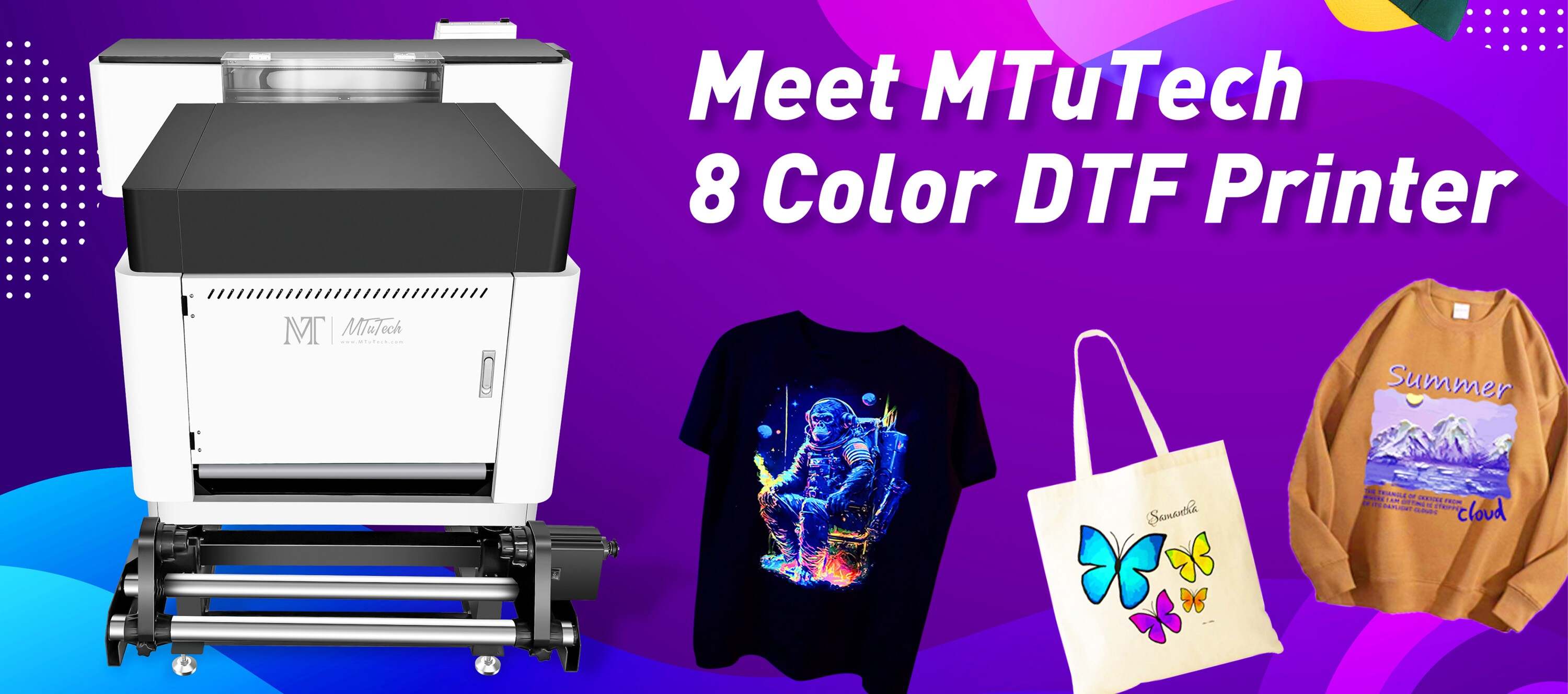DTF (Direct-to-Film) printing has revolutionized the garment decoration industry by offering versatility, durability, and quality that rivals traditional methods. For entrepreneurs looking to enter the custom apparel market, a DTF printing business presents an accessible opportunity with promising returns on investment. This comprehensive guide explores everything you need to know about launching your DTF printing venture. Direct-to-Film printing is a relatively new garment decoration technology that involves printing designs onto a special film using water-based inks, applying a powder adhesive, and then heat pressing the design onto fabrics. This method produces vibrant, durable designs that work on a wide range of materials, including cotton, polyester, blends, and even challenging fabrics like nylon and leather. Versatility: Can be applied to virtually any fabric color or type Durability: Creates wash-resistant prints with excellent stretch capabilities Detail Quality: Reproduces fine details and smooth gradients No Pre-treatment: Unlike DTG (Direct-to-Garment), no fabric pre-treatment is required Lower Entry Cost: More affordable startup costs compared to screen printing Small Batch Efficiency: Economical for both one-off designs and larger runs The cornerstone of your business will be a reliable DTF printer. MTU Tech (https://www.mtutech.com/DTFPrinter.html) offers specialized DTF printers designed specifically for this application. When selecting a printer, consider: Print width capabilities (common sizes are 13", 24", and 36") Print speed specifications Ink system type and cost Available technical support and warranty options A quality heat press is essential for transferring your designs from film to fabric. Look for: Even heat distribution Accurate temperature control Sufficient pressure adjustment options Size appropriate for your planned products Special polyethylene terephthalate (PET) films designed for DTF printing are required. These typically come in rolls or sheets and must be compatible with your specific printer. Water-based, CMYK plus white DTF-specific inks are necessary. Many suppliers, including MTU Tech, offer complete ink sets designed for optimal adhesion and vibrancy. This specialized powder creates the bond between the ink and the fabric when heat is applied. Quality powder ensures optimal wash fastness and durability. This equipment helps apply the adhesive powder evenly across your printed designs. While optional for beginners, a dedicated curing oven improves efficiency for larger operations by melting the adhesive powder onto the film before transfer. Basic DTF printer: $3,000 - $6,000 Heat press: $500 - $1,500 Initial supplies (films, inks, powder): $500 - $1,000 Computer and design software: $1,000 - $1,500 Higher capacity DTF printer: $8,000 - $15,000 Professional heat press: $1,500 - $3,000 Curing oven: $1,000 - $2,000 Supplies and software: $1,500 - $3,000 Industrial DTF printer (e.g., from MTU Tech's professional line): $15,000 - $30,000 Multiple or larger format heat presses: $3,000 - $5,000 Automated powder application system: $2,000 - $4,000 Curing tunnel: $3,000 - $6,000 Comprehensive supply inventory: $3,000+ DTF films: $0.50 - $2.00 per square foot Ink sets: $150 - $400 per set Adhesive powder: $25 - $50 per pound Workspace rent: Varies by location Utilities: $200 - $500 monthly Insurance: $100 - $300 monthly Marketing: $200 - $1,000 monthly Most DTF printing businesses charge based on: Print size (typically $5 - $25 per design) Complexity (additional charges for complex designs) Quantity (volume discounts for larger orders) Rush services (premium pricing for expedited work) Initial investment: $8,000 Monthly operational costs: $1,500 Average print job: $15 Daily production capacity: 20 prints Monthly revenue (20 working days): $6,000 Monthly profit: $4,500 ROI timeline: Less than 2 months for operational costs, approximately 2 months for initial investment recovery Monthly operational costs: $3,000 Average print job: $15 Daily production capacity: 50 prints Monthly revenue (20 working days): $15,000 Monthly profit: $12,000 Annual profit potential: $144,000+ Custom t-shirt businesses Screen printers looking to add DTF for smaller runs Print-on-demand services Local businesses seeking promotional products Sports teams and organizations Schools and educational institutions Event companies Add complementary services (embroidery, vinyl cutting) Expand into e-commerce with your own designs Develop white-label services for other businesses Create specialized product lines (workwear, activewear) Offer design services alongside printing Research and Education: Visit websites like MTU Tech (https://www.mtutech.com/DTFPrinter.html) to learn about equipment options Business Planning: Create a detailed business plan with startup costs and revenue projections Space Setup: Secure a workspace with proper ventilation and electrical capacity Equipment Purchase: Invest in quality equipment that balances your budget with production needs Training: Practice with your equipment to ensure quality output before taking orders Marketing Launch: Develop samples and begin marketing to your target audience Starting a DTF printing business offers an accessible entry point into the customized apparel industry with reasonable startup costs and promising profit potential. By investing in quality equipment from reputable suppliers like MTU Tech and developing efficient workflows, entrepreneurs can establish profitable operations relatively quickly. As the demand for personalized products continues to grow, DTF printing represents an opportunity to build a sustainable business with multiple paths for expansion and growth.
How to Start a DTF Printing Business: Equipment, Costs, and ROI
What is DTF Printing?
Key Advantages of DTF Printing
Essential Equipment for Your DTF Printing Business
1. DTF Printer
2. Heat Press Machine
3. PET Films
4. DTF Inks
5. Hot-melt Adhesive Powder
6. Powder Shaker or Applicator
7. Curing Oven or Heat Tunnel
Business Startup Costs
Entry-Level Setup ($5,000 - $10,000)
Mid-Range Setup ($10,000 - $20,000)
Professional Setup ($20,000+)
Ongoing Operational Costs
Consumables
Overhead
Calculating Potential ROI
Pricing Strategy
Sample ROI Calculations
Entry-Level Business
Established Business
Market Opportunities and Expansion Paths
Primary Target Markets
Business Expansion Options
Getting Started: Your First Steps
Conclusion
How to Start a DTF Printing Business: Equipment, Costs, and ROI
26 March 2025
Online Inquiry
Lastest News
-
2:05 pm · 23 Apr 25
DTF Printer Calibration Guide: Improving Print Accuracy and Color Output
-
3:10 pm · 22 Apr 25
How to Choose the Right DTF Printer for Your Apparel Brand
-
3:33 pm · 21 Apr 25
DTF Printing for Print-on-Demand Businesses: Integration Guide
-
3:38 pm · 18 Apr 25
DTF Printer Calibration Guide: Improving Print Accuracy and Color Output
